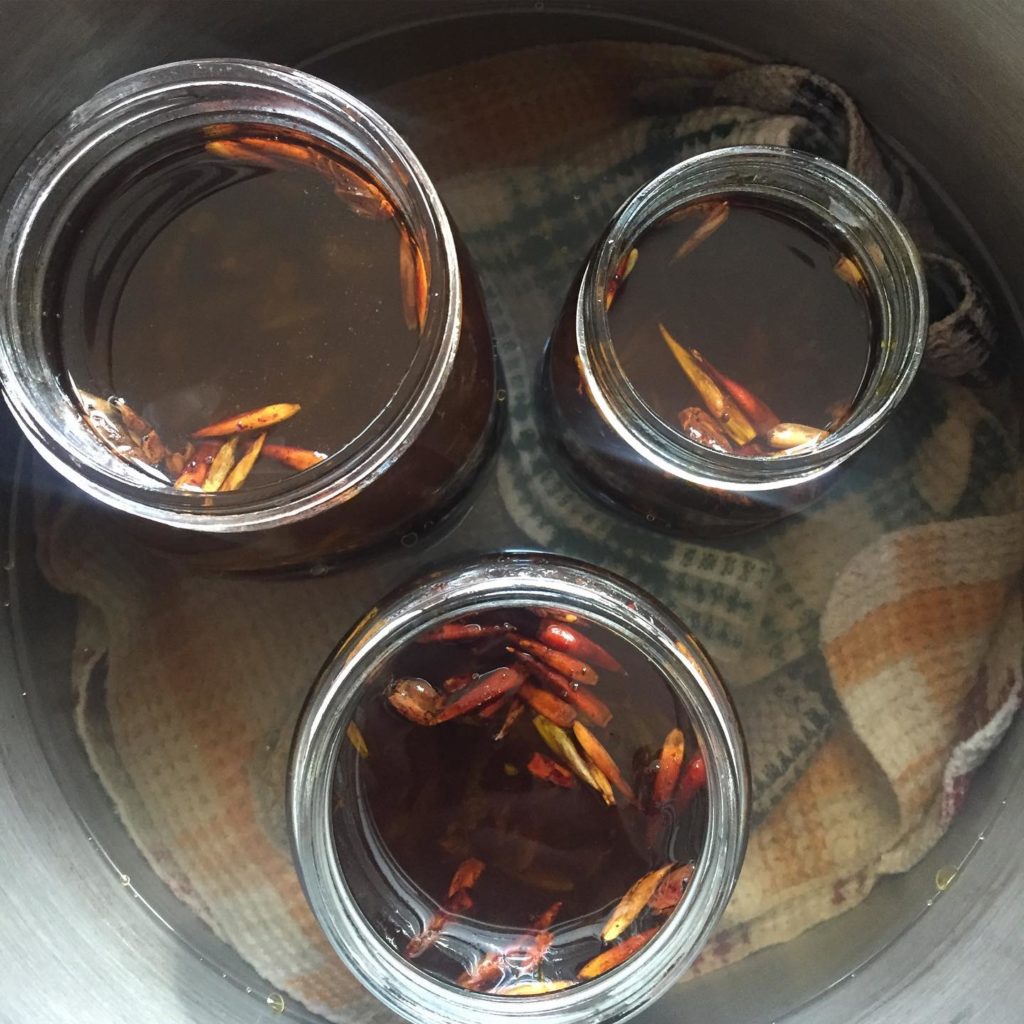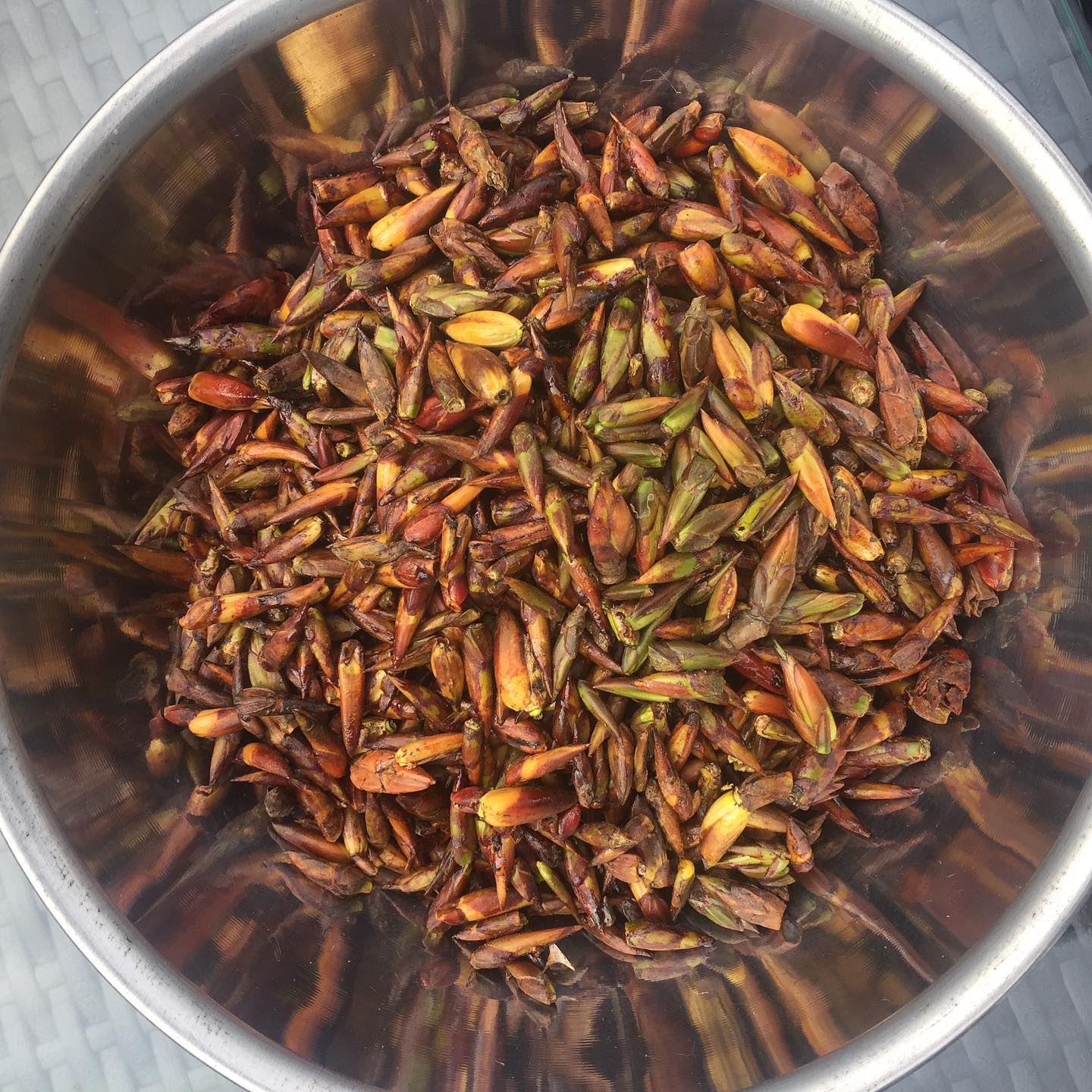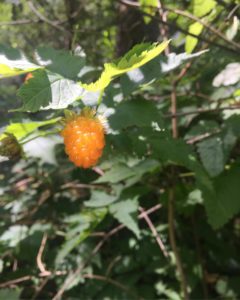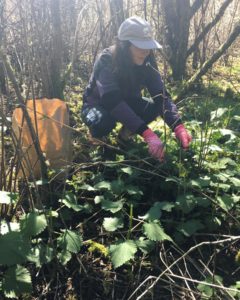One of my favourite spring smells is that of poplar bud. This sweet aroma originates from the resinous buds that dot branches high up in the forest canopy, partially blocked by the shorter crowns of its favourite neighbours, Red Alder and Bigleaf Maple. The Populus genus includes Aspen, Poplar, and Cottonwood. These trees belong to the Willow family and contain salicin, a pain-relieving and anti-inflammatory glucoside from which Aspirin was historically derived. It is unsurprising, then, that they are used for medicine-making. I particularly enjoy infusing poplar buds into oil, which can be used on its own or added to a salve. In the Pacific Northwest, buds are easiest to harvest from Black Cottonwood trees (aka Western Balsam Poplar or Populus trichocarpa), as they have the largest buds. Buds can be harvested in winter through to early spring while they are closed and still full of resin. These trees grow 30 to 50 m tall, so, unless you can fly, the best way to harvest fresh buds is from fallen branches after wind storms. I was lucky this year with our late spring to find a wonderfully resinous downed branch in early April, but usually they’re done by mid-March.
Traditionally, poplar buds have been used by the indigenous peoples of the Pacific Northwest in a variety of ways. Some groups extracted the resin by boiling buds in deer fat, while others used poultices and teas to treat a variety of ailments including whooping cough, sore throats, tuberculosis, rheumatism, and as an antiseptic. In herbal medicine, poplar bud oil is renowned for its versatility. It can treat sunburn, frostbite, and hemorrhoids, and the salicin content relieves muscle soreness and menstrual cramps. It is a known anti-infectant and as such can be used on minor wounds and as a preservative in other oils and salves. Bees also take advantage of these preservative properties – they produce propolis from the resin, which is used to seal hives against other critters and parasites, and to prevent bacterial and fungal growth. They have also been found to cover a deceased invader in resin to preserve the body so that it does not rot. What a gorgeous image to accompany your next forest romp!



